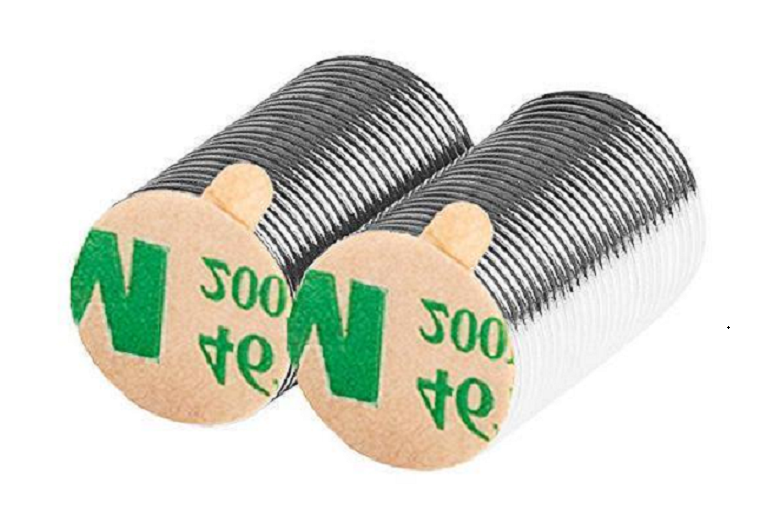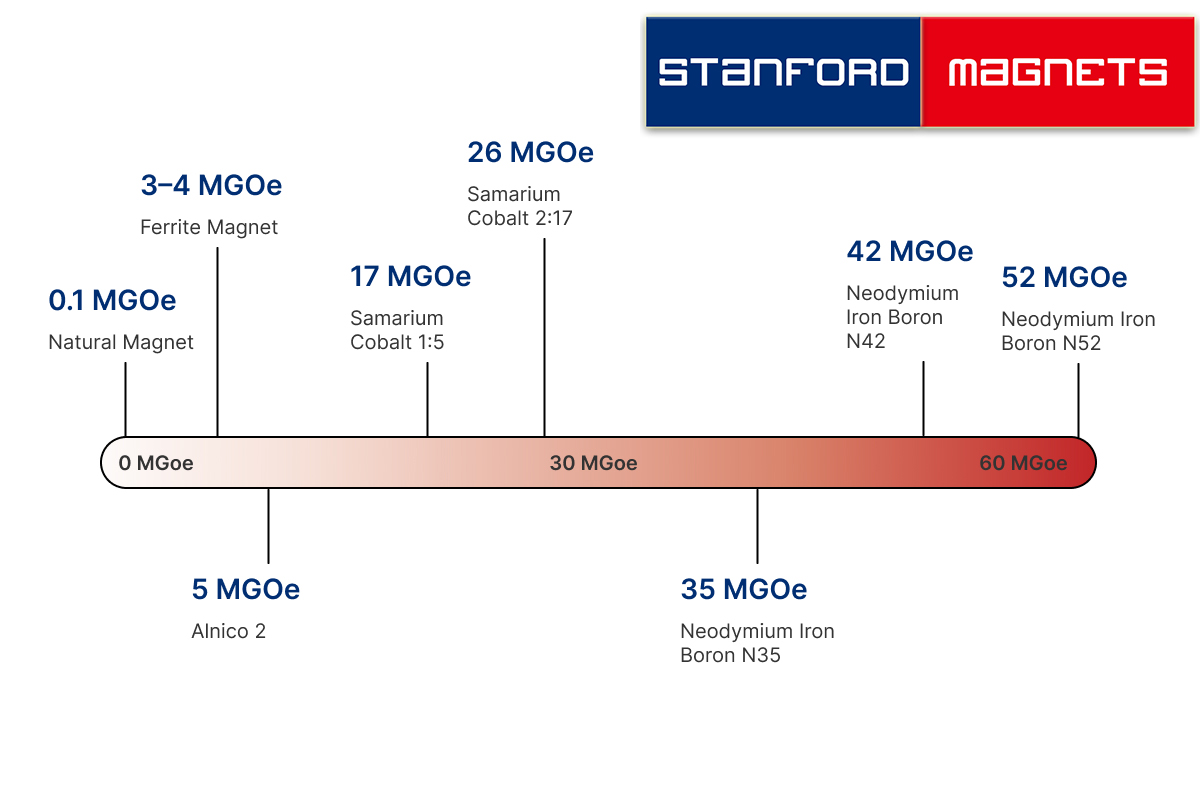3M Adhesive Magnets Used in Medical Instruments
Firmly fixing magnets inside medical equipment is a big concern for one of our clients. Stanford Magnets advises 3M adhesive magnets for our client and it not only facilitated operation but also reduced cost. In this article, we'll take a look at how 3M adhesive magnets are used in medical instruments.
 3M Adhesive Magnets
3M Adhesive Magnets
As we all know, the composition of magnets is iron, cobalt, nickel, and other atoms and the internal structure of atoms is special. It has magnetic moments, generating its magnetic fields, and has the characteristics of attracting ferromagnetic substances. Therefore, it is also widely used in medical fields, such as MRI equipment, medical equipment, magnetic therapy health products, etc. In general, many large medical devices have magnet applications, but some small medical devices, such as small surgical equipment or small testing instruments, etc., are not applied with iron as the main material in order to reduce weight. They may be made with plastic or other non-magnetic material, which prevents the magnet from being fixed inside the device. One of our customers thought of many ways to solve this problem, but none works well. Our client is one of the well-known companies in the medical device field. Considering the particularity of this industry, they have upper requirements for their production, technique, and quality. The product is designed for eye surgery applications, and intended to control the operation of the scalpel through the magnet's magnetism. The design demands the magnet must be firmly and flatly stuck inside the device without falling off or any displacement during work. Precise control is essential. The client tried many methods to meet those needs, such as fixing with glue or iron shell. However, they could not achieve the desired effect. As an experienced supplier, Stanford Magnets recommends our client use 3M adhesive magnets, which are safe, stable, and easy to operate. The adhesive layer is a 3M adhesive with a protective backing strip – simply remove the protective backing strip and press the sticky back magnets, neodymium disc magnets, onto the inside face of the equipment. In the end, Stanford Magnets successfully helped customers solve this problem, avoided complex designs, facilitated operations, reduced costs, and improved production efficiency. At present this product has been put into production, and the outcome is great.
Conclusion
In this case study, Stanford Magnets made professional and effective recommendations that are inseparable from our more than two decades of manufacturing experience. We have a clear understanding of magnet products and an in-depth understanding of different magnet application cases. If you have any questions or interests, please feel free to contact us and we will be happy to find you the perfect solution.













.jpg)

